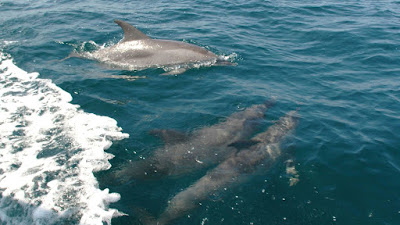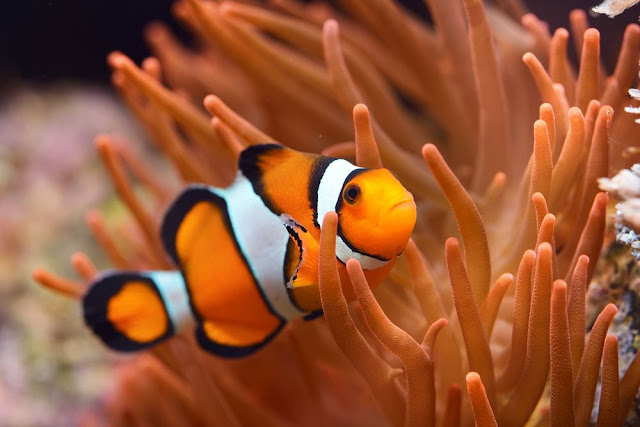Jellyfish: No Fat, No Calories, But Why Do They Still Attract Predators?
A new study has been carried out by a group of scientists who want to find about why this gelatinous creature is the main food source for most of the animals. The study is based on moon jelly samples from German Fjord. They contain no fat, no carbohydrates, just mostly of water. Yet, they are eaten by predators in the sea, fish, sea anemones, and even corals and turtles.
Marine biologist and jellyfish expert Jamileh Javidpour says "The jellyfish we examined contain some fatty acids that are very valuable for their predators. Fatty acids are vital components of cell membranes and play a crucial role in processes like growth and reproduction".
The researchers have collected jellyfish every 2 weeks for 2 years. They say that the content of fatty acid varies with the seasons. Several essential fatty acids are found in the moon jellyfish, polyunsaturated fatty acids, arachidonic acid, docosahexaenoic acid, and eicosapentaenoic acid
The jellyfish is an opportunistic prey for many of the many organisms. The predator doesn't get much energy by eating a single jellyfish, but a lot can make the difference and can provide the predator with valuable fatty acids.
As an example, researchers have observed that the salmon can eat a jellyfish 20 times faster than the shrimp. The jellyfish cannot swim away when the predator is eating, so the predator doesn't have to spend much energy and at the same time no need to implement any strategy.
"As we see an increase in jellyfish, I suspect that we will also come to see a change in predator populations especially in areas where the abundances of usual prey items might be endangered by a changing environment," says Jamileh Javidpour.




Comments